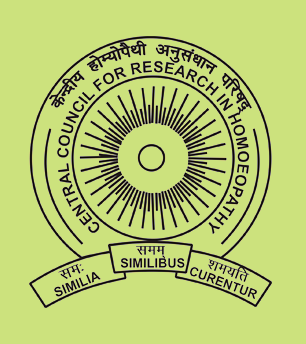Indian Journal of Research in Homoeopathy
Keywords
Albino rats, Analgesic, Central nervous system depressant activity, Motor coordination, Neurological disorders, Solanum nigrum
Article Type
Original Article
Abstract
Background and Objective: In Homoeopathy, Solanum nigrum is clinically used in the treatment of ergotism, meningitis, irritation during dentition and some of the symptoms of neurological disorders but its Central Nervous System (CNS) potential has not been explored experimentally yet. Therefore, a preliminary study was conducted with an objective to evaluate the analgesic and CNS depressant effects of homoeopathic potencies of S. nigrum in experimental animal models. Materials and Methods: The study was conducted in Wistar albino rats using a hot plate, ice plate and Randall-Selitto assay for analgesic; rota-rod and open field test for CNS depressant activities. The different potencies (3X, 6X, 12X and 30C) of Solanum nigrum were administered orally (0.5 ml/rat/day) for 30 days and response was assessed after 30 minutes of drug administration on 10 th , 20 th and 30 th day. Results: The result shows that all the four potencies of Solanum nigrum has increased the latency time required to raise and lick the paws for thermal sensation on hot plate test and for cold sensation on ice plate test and also increased the degree of threshold pressure to mechanically induced pain on Randall-Selitto assay but depressed the motor coordination and locomotor activities. Conclusion: The result obtained from this preliminary study suggests that homoeopathic preparation of Solanum nigrum in different potencies possess analgesic and CNS depressant activities. Further detailed investigations are required for its possible human use.
Digital Object Identifier
10.4103/0974-7168.154343
Publisher
Wolters Kluwer India Pvt. Ltd.
How to cite this article
Sundaram E, Singh K, Reddy P, et al. An investigation to evaluate the analgesic and central nervous system depressant activities of Solanum nigrum (Linn.) in Homoeopathic potencies in experimental animal models. Indian J Res Homoeopathy 2015;9:12-19. doi: 10.4103/0974-7168.154343



